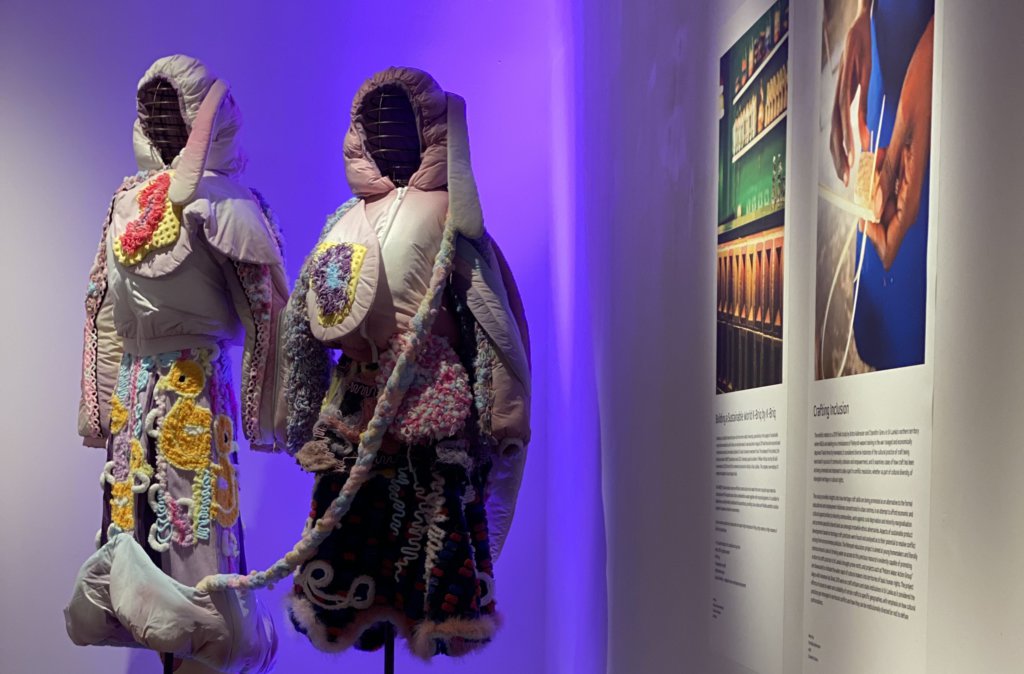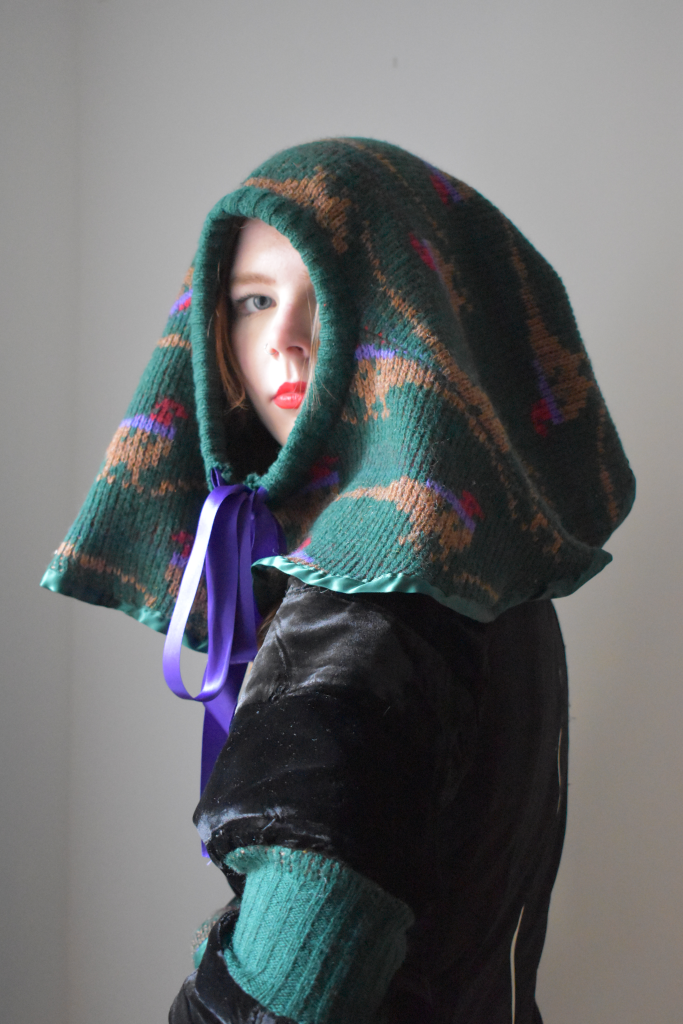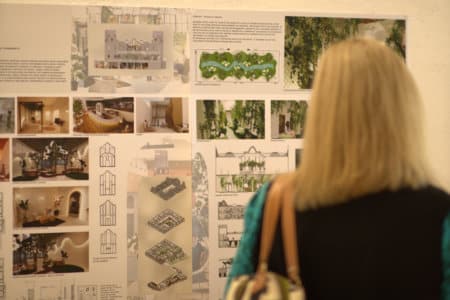Thriving in the creative arts involves dexterity, tenacity, and vision — it’s how beauty is created and problems are solved. The right university can equip you with all three — plus the power to use this trifecta to tackle some of the greatest challenges of our time.
Enter Heriot-Watt University‘s (HWU) School of Textiles and Design. “[The school] underpins all of its courses with sustainability practices. This is in theory and practice, and in small or large ways,” says Bruce Munro Roberts, Programme Director of Studies for Fashion and Fashion Technology.
HWU offers programmes that transform students into both creative and business-focused individuals who can make a difference. These programmes include the BA (Hons) Fashion; BA (Hons) Interior Architecture and Design; BA (Hons) Communication Design; and BA (Hons) Design for Textiles.
Joey Hunter, a second-year BA (Hons) Fashion student, was particularly impressed to see how engaged lecturers and technicians were about sustainability within the industry. She sees them trying to create less wasteful workspaces all the time. “Fashion Product Development has challenged students this semester to create a garment with zero waste, students are to weigh all scraps from the production process of their final and incorporate this back into the garment,” she says.
In September, students from all six of the School of Textiles and Design undergraduate programmes showcased examples of their work for the Future Design Talent Show in the Scottish Borders. Run in collaboration with the local British Red Cross charity shop in Galashiels, students received sealed bags of the clothes, which they had to then upcycle into a brand new garment. They drew ideas from nature and made contemporary dress designs inspired by the work of the late Dame Vivienne Westwood.

The exhibition would “metamorphose” (to change into a completely different form or type) with a new display every two weeks until March 31. Source: Heriot-Watt University
Earlier this year, faculty members and students worked together on another exhibition titled “Metamorphosis” showing how the design industry could help combat climate change. Some pieces displayed include clothing made from ocean waste, jackets tailored from landfill material, and a fire extinguisher reborn as a lamp.
That’s not all. “We are extremely fortunate in that we have many textile and fashion companies which donate unwanted end-of-roll fabrics,” Roberts shares. “These are incorporated into various modules so that students learn about textile waste. We also produce prototype garments from waste, which is produced in our workshop, so that students fully understand the need for reducing fabric waste in the industry.”
It aligns with the Scottish government’s ambition to drive progress towards the United Nations Sustainable Development Goals, specifically Sustainable Cities and Communities, Responsible Consumption and Production, and Climate Action.
Much of the school is focused on meeting these SDGs. The Scottish Borders campus in Galashiels is built around a historic mill and recently received a multi-million-pound refurbishment to create an inspiring learning environment with computer suites, specialised workshops and spacious studios. Picture weave rooms, knit machines, 3D printing and laser cutting facilities, a photography studio, and many more
“The impressive workshop and technical tools at HWU give students the chance to experiment with reworking textiles and to be innovative with designs,” Hunter explains. The campus library — containing materials from archival Vogue to intelligent pattern cutting — has also been an immense asset to her learning.
Pair that with access to an experienced and passionate faculty, and students are set on a path to succeed. Close industry links combined with a focus on sustainability ensure graduates are well aware of the best green practices before they enter the industry.
“Many of the local companies have their own sustainability approaches and agendas, and students can learn from the local luxury textile companies how sustainability works in the real world,” says Roberts. “Graduates from our Fashion courses are currently working in various sustainability roles within the industry, which include Product and Sustainability Technologist, Senior Environmental Manager and Sustainability, and Ethics and Accessibility Advocate.”
Hunter loves being able to discuss the future of the industry and her place in it with her lectures. “I have had an enjoyable experience at the university so far thanks to lecturers Sandra Johnstone and Bruce Munro Roberts,” she says. “We often talk about the future of the industry such as possible sustainable manufacturing methods, and valuable resources such as incoming designers, events and documentaries.”
As early as induction week, Hunter was already planning her career with the help of HWU. “I particularly enjoyed listening to Jaclyn Noble, a past student at Galashiels now living in America,” she shares. “Her career had taken her all over the globe and listening to her thoughts on how the industry could evolve to be more sustainable was very valuable to me.”
As the campus is based in the heart of the luxury Scottish textiles industry, students like Hunter have access to dyers, finishers, leather manufacturers and weave and knit mills all within a short walk or drive of the campus as well. And just a 50-minute train ride away is Scotland’s capital city with its amazing architecture and extensive fashion retail.
Such features drive students to think bigger and do more with their Textiles and Design degrees. “I am very excited to see where I will be in the next few years. Thanks to HWU, I have been able to envision my dreams and expand my creative knowledge,” says Hunter. “Although I don’t know exactly where I will be after university now, I hope to one day make my mark on the industry with sustainability and inclusivity at the forefront.”
If you’re ready to start your sustainable design journey at Heriot-Watt University today, click here to apply.
Follow Heriot-Watt University on Facebook, Twitter, LinkedIn, Instagram, YouTube, and TikTok.












